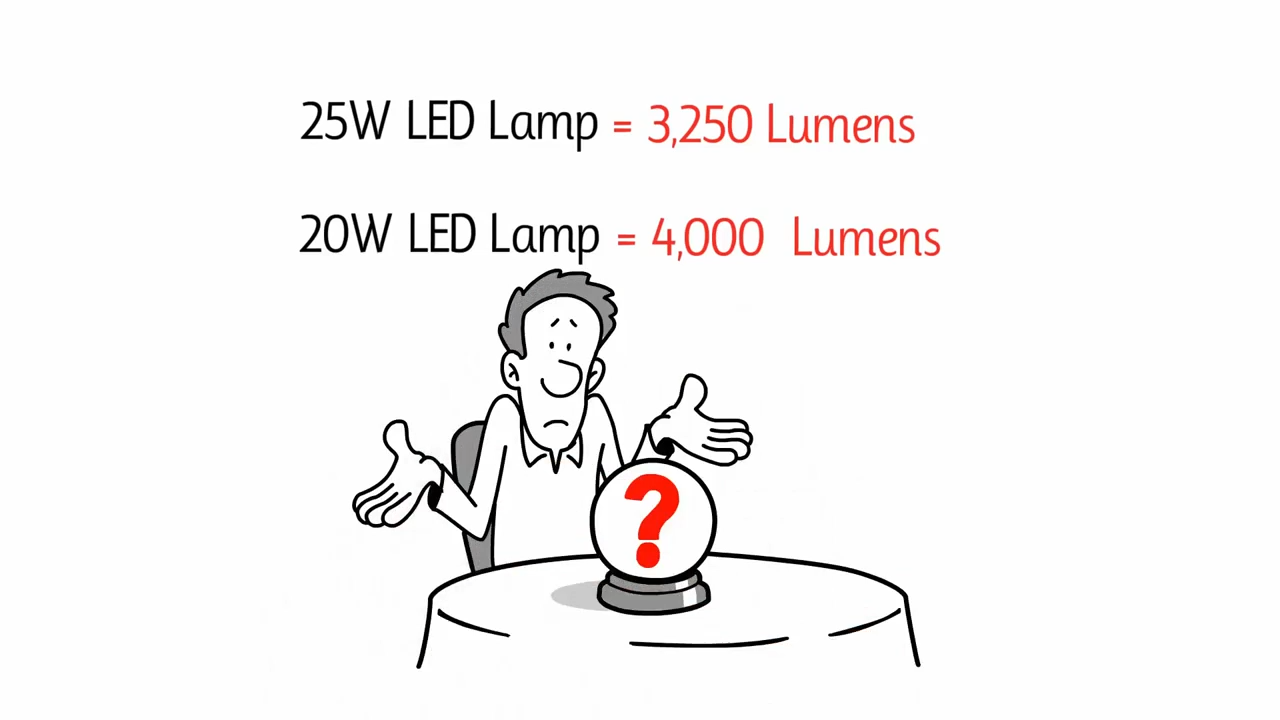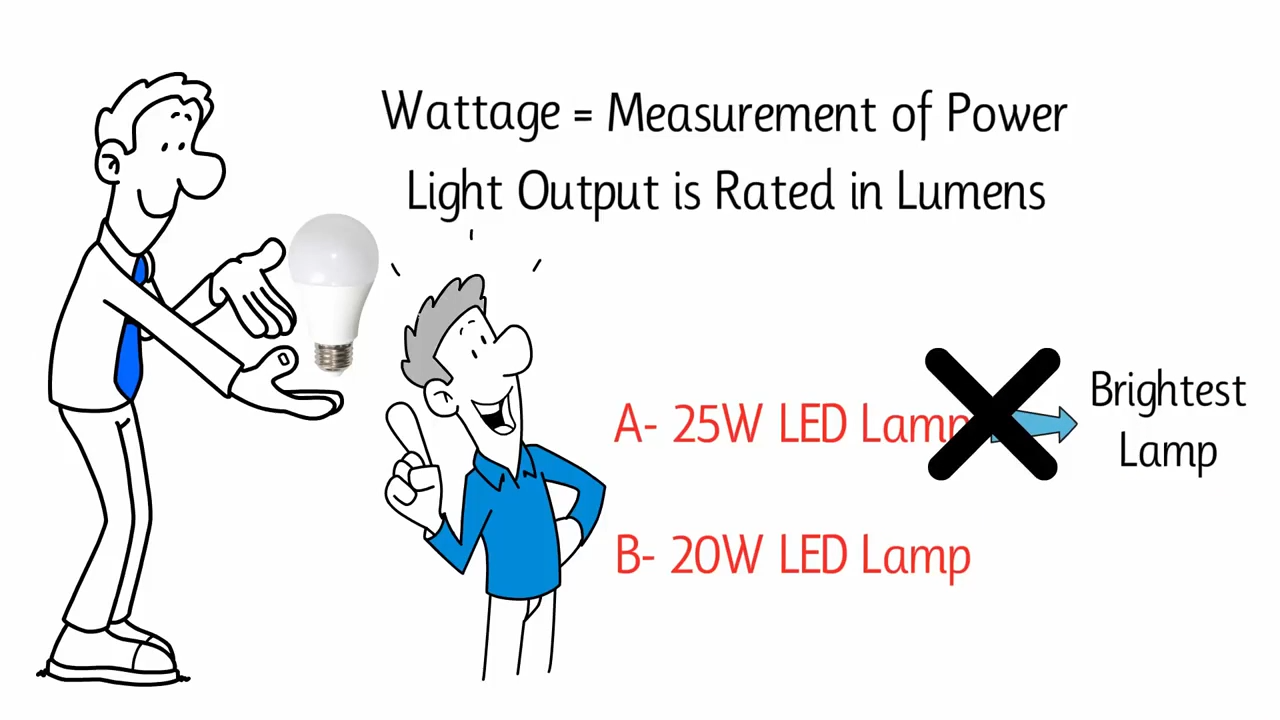LED lights. watts and lumens, so what it all about?Years ago, before the advent of LED lighting, the good old incandescent light bulb was came After all, it has been that way over one hundred years. Generally, light bulbs were bought and sold based on their wattage,and most of us knew the difference in light output from a 40W bulb to a 100W bulb.
But that all changed when LED lighting took over the marketplace. the problem is, leds use very little energy compared to their incandescent predecessors. in fact, leds are around 80% more efficient, which changes the way we must think about light output and power.
When you try to determine the light output from leds you shouldn’t refer to the wattage alone. wattage is a measurement of power it is not a measurement of light output.
Light output is rated in lumens. confused ? what you should be?

If light output is an important factor in your lighting project, then be sure to use the correct terms.
For example,supplier A quotes you for 25W LED lamp and supplier B quotes you for a 20W led lamp, you probably thinking supplier A is quoting for the brightest lamp.

Wrong, supplier A’s 25W led lamp has a luminous intensity output are only 3250 lumens but supplier B’s 20W lamp has a luminous intensity of over 4000 lumens.
Why is the 20W led lamp considerably brighter than the 25W led lamp? simple,it’s all about efficiency,and lumens per watts or lumens divided by watt.
That’s the reason why you should never source led lighting by wattage alone and let’s not forget when lighting is powered by solar. That system has to generate everything a lot making wattage a really important factor because every watt counts.
A good solar lighting company will try to keep the wattage to a minimum by providing the highest ratio of lumens per watt.
If you have any questions about lighting products, send us email: [email protected]








